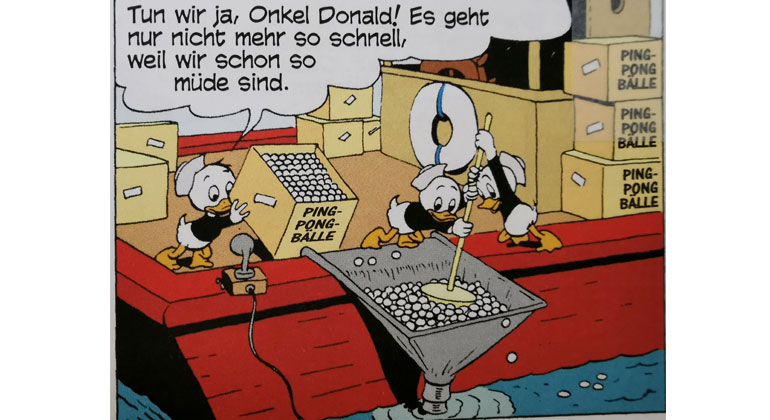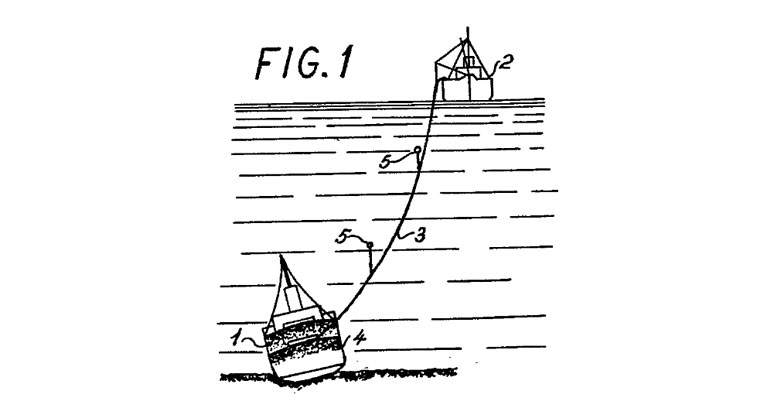It all started off well for Karl Kroyer. The Danish inventor was contracted to come up with a new method of raising sunken ships. According to Kroyer, ships could be raised by pumping polystyrene balls or gas-filled plastic balls through a tube into the sunken ship. He could soon put the method to the test– a freighter carrying sheep had capsized off the coast of the city of Kuwait. The danger was that the carcasses would contaminate the city’s supply of drinking water.
“Denmark’s most clever inventor” (Spiegel 07/1971) filed the invention with the Danish patent office in November 1964. The protection was then extended to other countries, including England (GB1070600) and Germany (DE1247893B). So far, so good. In the Netherlands (NL6514306), however, the patent office threw a spanner in the works. Following detailed examination, one of their patent experts refused to grant the patent. The reason he gave was that the method was not novel. How was it not novel?






